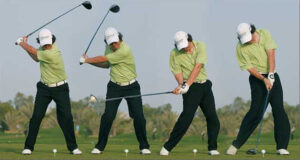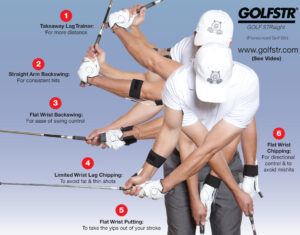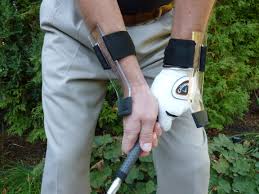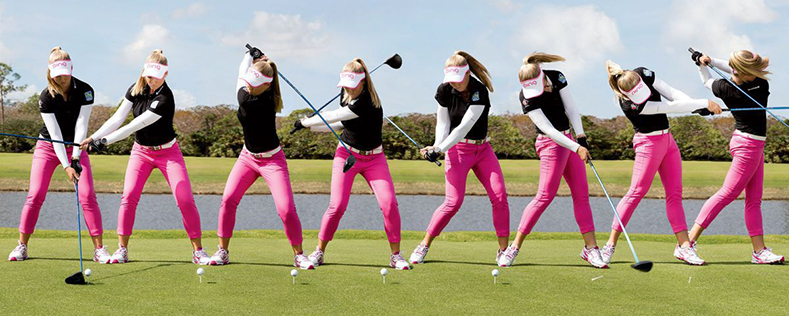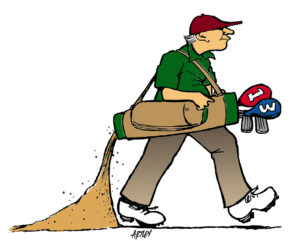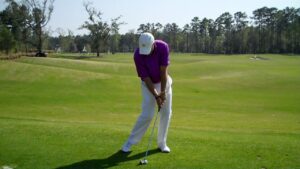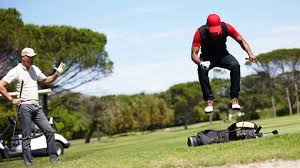Over the past many years I have discovered and shared many gems of golfing knowledge with you. I try to internalize many of these gems in my game. I now realize that learning to be a consistent golfer is like a journey through life. If you don’t get rid of your bad habits, your game will never improve. On the other hand if you don’t simplify your thoughts by absorbing good habits you will drive yourself crazy with this game.
I have recently been exploring the thoughts of very low handicap golfers. They all seem to have a passion for simplifying their swing and minimizing thoughts during the swing.
1/ They focus on a simple thought that they know will improve their power or their consistency or direction control. [Like wide takeaway or flat or bowed wrist.]
2/ Their thought is only on improving or eliminating a weakness in their swing.
3/ They depend on their basic swing and a calm mental attitude to create consistent shots without any focus on the swing that has been ingrained in their minds and bodies
4/ They focus on a position or motion that they know will create their planned draw, fade, high or low shot.
5/ Brooks Keopka said that he knows the shape of his swing required to deliver his ball to a target. He just goes into automatic pilot to deliver the power needed to generate a shot without any specific thought in his mind. He feels the shot before he makes the shot.

Improve your consistency by swinging on one plane from inside to outside.
Recreational Golfers may never get to this simple state of mine. You only have a few second to complete your swing. That does not give you a lot of time for many thoughts. Take comfort in the fact that you have already chosen the right stance, the right club, a proper grip and a relaxed state of mind before you make your swing. Feel your swing with a complete practice swing and then deliver your swing with a single thought for excellence.
Early in my round I concentrate on a slower backswing by counting 1,2 and then counting 3 in the downswing. My only thought is straight leading arm and flat leading wrist (as I now realize that a bowed or cupped leading wrist is hurting my consistency). Another low handicap golfer only focuses on a straight back take-away and shallowing his club during his lag and release (looping down to release from the slot). [Sounds like a Jim McLean thought as shown in the image above.]
Simplicity with fewer angles seems to be the best approach for consistency. Practice with your GOLFSTR+ for every swing in your game. Buy one today at www.GOLFSTR.com
GOLF LAW #16: Non-chalant putts count the same as chalant putts. [Make every putt count the way they count in a money game.]




